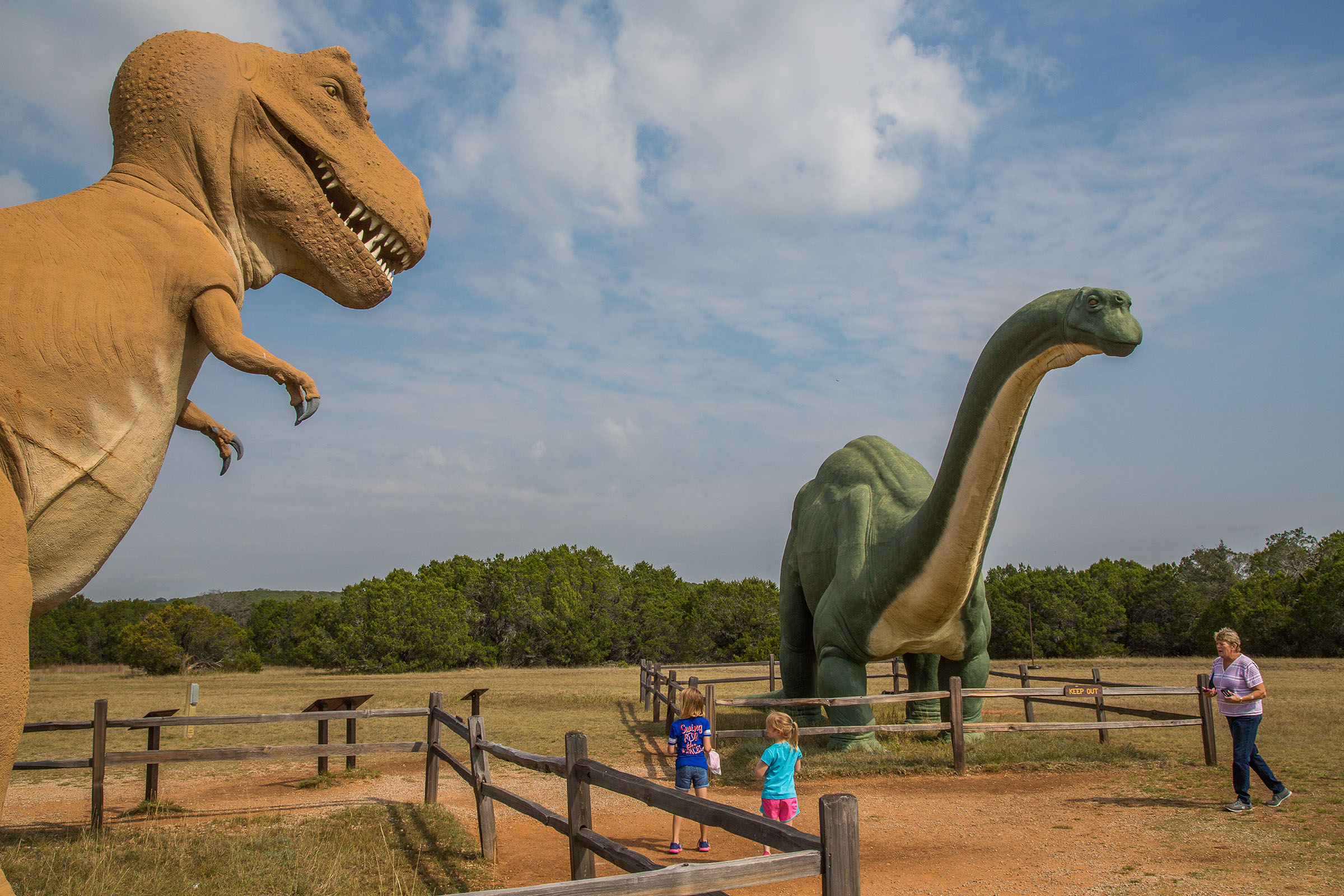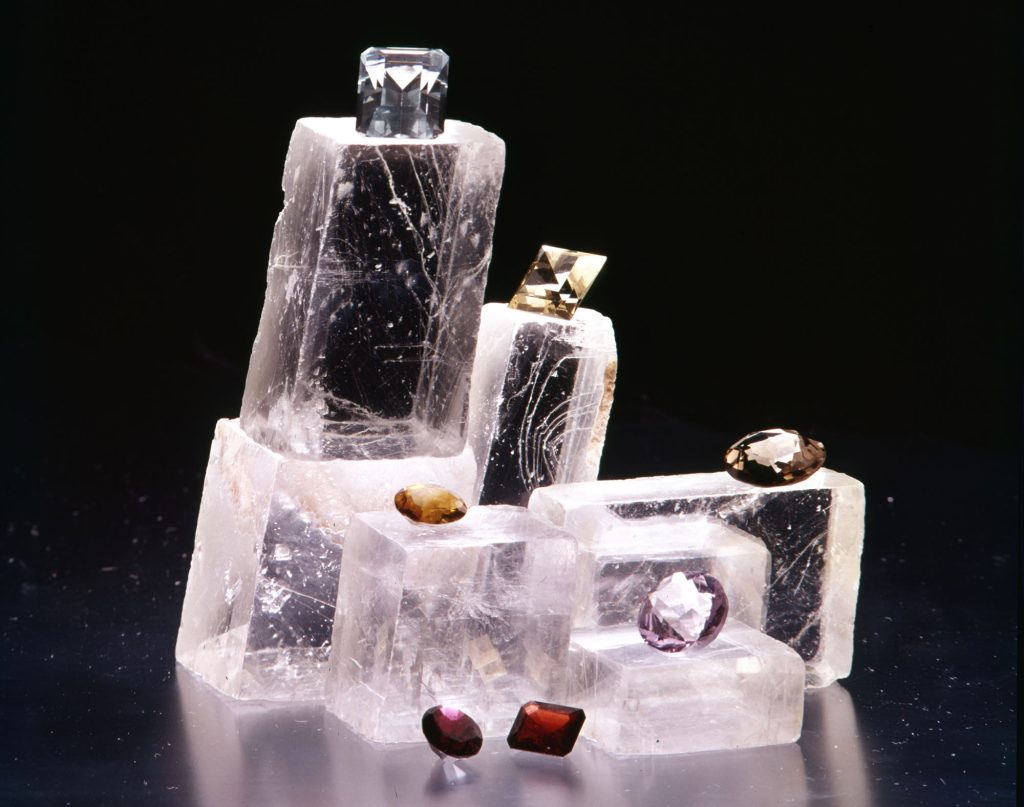
State Dinosaur
Paluxysaurus Jonesi
Adopted: 2009, replaced Brachiosaur Sauropod, Pleurocoelus, which was adopted in 1997

Glen Rose schoolboy George Adams may have been playing hooky in 1909 when he spied footprints in the Paluxy River bed that resembled a gigantic bird’s. Nevertheless, he notified his school’s principal, who later wrote that Adams “went to the blackboard and drew some tracks.” “I was impressed, and we set out immediately for Wheeler Branch…There they were! No doubt about it—dinosaur tracks!”
That discovery inspired many others, including Peter Rose’s work in 2007 as a Southern Methodist University graduate student. By searching the same river as Adams’ initial discovery 100 years early, Rose identified the Paluxysaurus, eventually leading to the designation of the state dinosaur as Paluxysaurus Jonesi. The creature had been a 60-foot-long, 30-ton plant-eating beast. “Peter Rose’s research has found that it is a new genus and a new species,” said Aaron Pan, Fort Worth Museum of Science History’s curator at the time. “This dinosaur is unique to Texas and it is the most abundant dinosaur fossil found in the Glen Rose area.”
Before the 2009 designation, Texas legislators in 1997 unknowingly picked the wrong dinosaur species as our state dinosaur. With Rose’s 2007 identification, the Legislature’s mistake was corrected and, perhaps more importantly, a new chapter in Texas paleontology was written.
“Through the insightful work of Texas-based scientists, the tracks and bones of the large quadrupedal sauropod found in the Lone Star State are now clearly known to be those of the species Paluxysaurus Jonesi,” reads the 2009 Resolution filed by State Representative Charles Geren of Fort Worth. “Given the importance of the paleontological discoveries that have taken place in Texas, it is indeed appropriate that the designation of our state dinosaur keep pace with the latest scientific development.”
Learn • Go • Do
The resolution naming Paluxysaurus Jonesi as Official State Dinosaur in 2009 can be read here. It replaced the incorrect 1997 resolution.
Learn about Texas’ “Dinosaur Highway” in a 2020 story in Texas Highways. A robust 2018 Texas Standard report on Texas dinosaurs is entitled “The Land Before.”
Besides a trip to Dinosaur Valley State Park near Glen Rose, dinosaur experiences abound across the state. The Fort Worth Museum of Science and History’s presentations, including Paluxysaurus, can be viewed online. Others include the Witte Museum in San Antonio; Big Bend National Park’s outdoor exhibit; Perot Museum, Dallas; and Heard Museum, McKinney.
Texas contributed another dinosaur legend, popular children’s TV show “Barney and Friends,” through its Dallas-based creator, Sheryl Leach. The show aired from 1992 to 2010.
Texas recognizes another prehistoric fossil in its official symbols: petrified palmwood, which is our “Official Stone.” It was adopted in a 1969 joint resolution designating Texas Blue Topaz as our State Gem. Petrified palmwood, which originated in Texas tropical forests 20 to 40 million years ago, is favored by jewelers and rockhounds because of its variety of colors and patterns.
Now protected, many of the footprints are accessible to the public in Dinosaur Valley State Park west of Glen Rose, which the Texas Legislature named “The Dinosaur Capital of Texas.” A full-scale rendering of Paluxysaurus Jonesi greets visitors in the Fort Worth Museum of Science History’s atrium. The 2022 Texas drought added to the state’s dinosaur legacy when the Paluxy River receded to reveal what is now called the Lone Ranger Trackway, a new trail of two-legged prints likely belonging to the predator Acrocanthosaurus.
Read More









